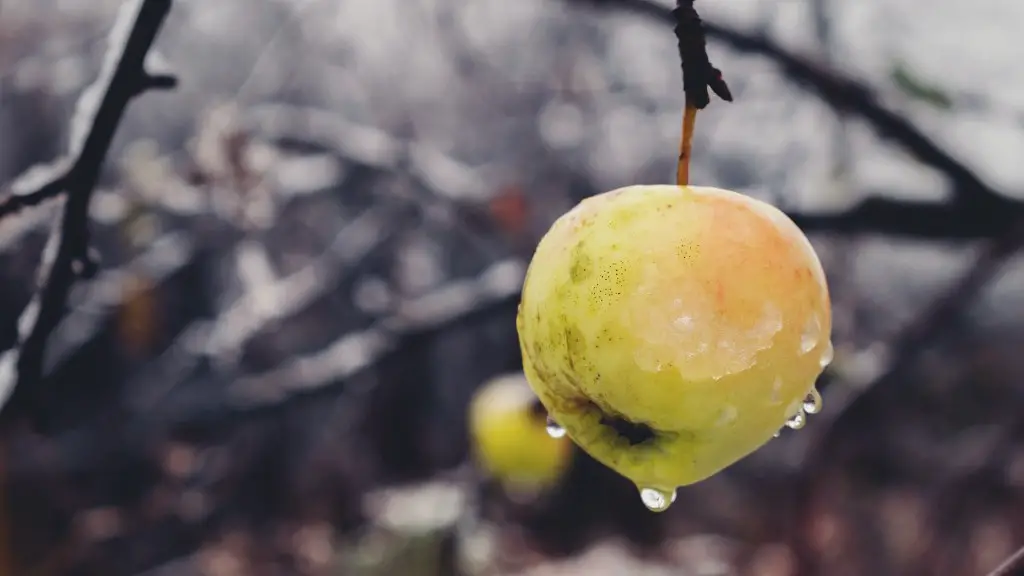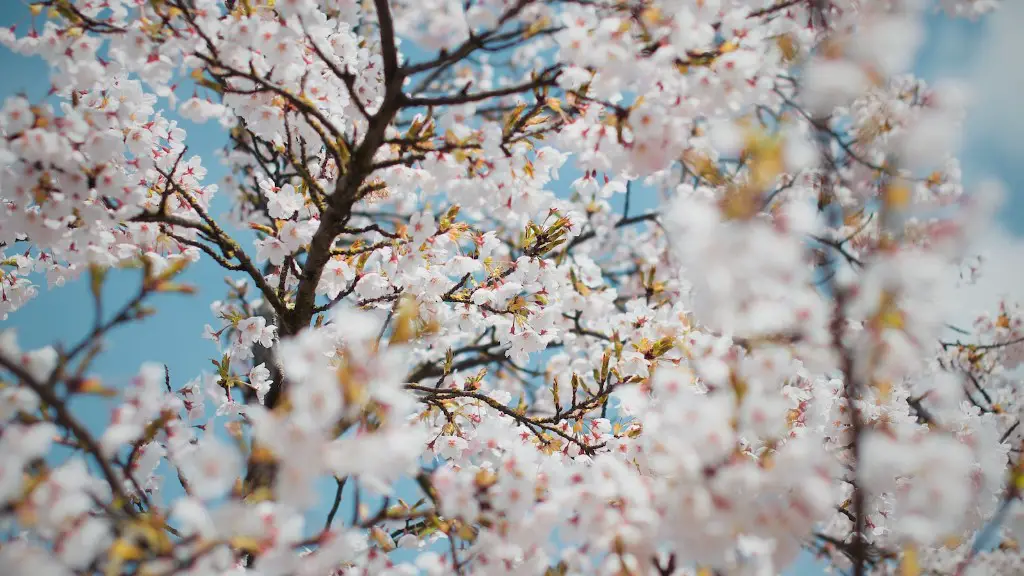My lemon tree is not flowering and it doesn’t seem to be getting any better. This can be incredibly frustrating, considering that an abundant flowering of your citrus tree is essential for a fruitful harvest. Luckily, there are several steps you can take to tackle the problem before it’s too late.
One of the most important things to consider is the climate. Lemon trees love warmth but struggle with cold temperatures. So, if you live in an area prone to cold nights or cold winters, try to ensure that your tree is getting enough sunlight and that the soil is adequately warmed up.
It’s also critical to ensure that you’re giving your lemon tree enough water. When the soil around your tree is dry, it prevents flowering and leads to stunted growth. A tree should be watered deeply once or twice a week; if you live in an area where the sun is particularly hot and the soil is naturally dry, you may need to water your tree more frequently.
Fertilizer can also play a role in your citrus tree’s flowering. If you want to maximize your tree’s fertility, use a balanced fertilizer according to the instructions on the package. This helps to provide essential nutrients and encourages the tree to flower.
Finally, pruning can be beneficial for a lemon tree that is struggling to flower. Pruning helps get rid of old, dead growth and encourages new growth, making your tree more likely to flower and bear fruit.
Checking the Soil
In order to ensure that your lemon tree is receiving all the nutrients it needs, it is important to check the soil. Make sure that the soil is well-draining; if the soil has a clay-like consistency, it can prevent flowers from forming. Ideally, the soil should have a pH of 6 or 7, which is just acidic enough to allow your tree to absorb all of the necessary minerals.
When testing the soil, use a simple home soil testing kit. Following the instructions on the box, you can quickly determine the levels of essential minerals such as zinc, magnesium, calcium, and potassium in the soil. If any of these minerals is low, your lemon tree may be unable to flower.
If your soil is lacking in any of these minerals, you can supplement it with fertilizer. Most fertilizers come with instructions on how to adjust the pH or add minerals as needed; when used properly, they can help boost your lemon tree’s fertility and give it a chance to flower.
Getting Enough Sunlight
Another important factor in ensuring that your lemon tree is able to flower is getting enough light. Citrus trees need at least six to eight hours of sunlight each day in order to produce abundant flowers. If your tree is not getting enough sunlight, it may be unable to flower.
If you live in an area where the summers are particularly sunny, you may want to look into shading your lemon tree during the hottest part of the day. This allows your tree to absorb the sunshine during the morning and evening, when the sunlight is less intense, but prevents it from becoming too hot and damaging the delicate flowers.
In areas where the winters are particularly cold, it is also important to ensure that your tree is getting enough warmth. If the temperature drops below 40 degrees Fahrenheit, it may be necessary to move your lemon tree indoors or wrap it in blankets in order to keep it warm enough to flower.
Finally, you can encourage your tree to flower by pollinating it manually. If you live in an area where pollinators are lacking, simply use a clean paintbrush to lightly brush the flowers to facilitate cross-pollination.
Maintaining Balanced Fertilizer Levels
In order to truly get the most out of your lemon tree, it is important to maintain balanced fertilizer levels in the soil. The best way to do this is to start off with a balanced fertilizer incorporating essential minerals like nitrogen, phosphorus, and potassium. However, if your soil does not already have a balanced nutritional profile, you may need to adjust the levels of certain minerals depending on the soil’s individual needs.
An easy way to do this is to purchase a soil testing kit, as these provide you with basic information about your soil’s mineral content. Once you know what minerals are lacking, you can then adjust the fertilizer formulation as needed. Nitrogen, phosphorus, and potassium are the most important minerals for a lemon tree, so make sure to target these first.
If you live in an area where the climate is particularly cold, you may also want to add a slow-release nitrogen fertilizer to your soil. Slow-release fertilizers continually release small amounts of nitrogen into the soil over a long period of time, ensuring that your tree has an adequate supply of nitrogen even when the season is particularly cold.
Finally, it is important to remember that lemon trees should not be over-fertilized. Too much fertilizer can actually stunt the growth and flowering of your tree, so be sure to stick to the directions on the packaging for best results.
Pruning for Flowering
Pruning is an essential part of citrus tree care, as it helps to remove dead growth and encourages new growth. When done correctly, pruning can also help encourage flowering in your lemon tree as well.
When pruning, it is important to focus on removing any dead or damaged branches, as these can prevent your lemon tree from flowering. Make sure to use clean, sharp pruning shears or clippers to ensure that you are not damaging the branches or the tree itself. Additionally, it is important to remove any branches that are crossing or rubbing against each other; these can inhibit flowering by preventing new growth buds from developing.
Additionally, it is also important to remove any suckers that are growing from the bottom of the tree. Suckers are weak, water-hungry branches that can rob your lemon tree of precious moisture and prevent it from flowering. Make sure to remove these as soon as possible for best results.
Finally, it is important to remember to prune your tree sensibly. When you prune, always make sure to leave some of the branches and leaves intact; this helps to protect your citrus tree from pests and helps to keep it in balance no matter what the weather.





